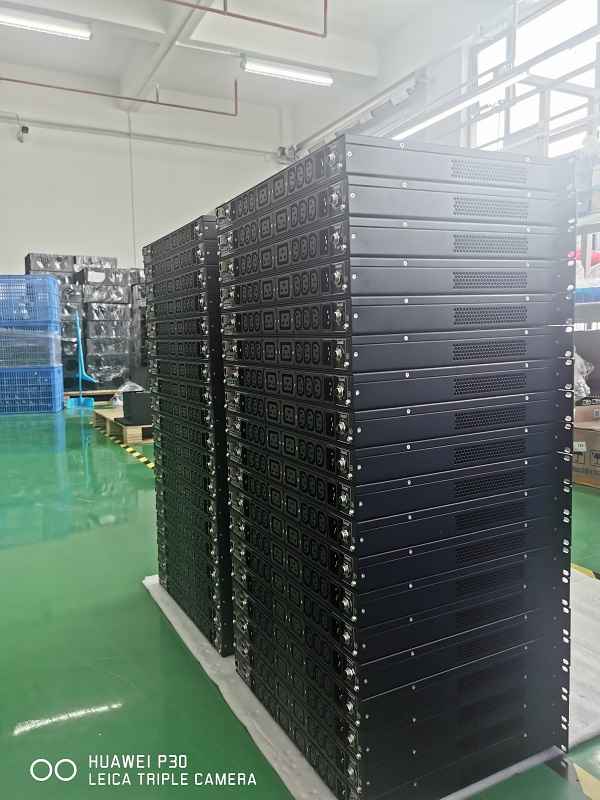
When the rectifier enters a steady-state working state, the output DC voltage is constant, and the three-phase bridge arms of the rectifier bridge are driven according to a sinusoidal pulse width modulation rule.
When the switching frequency is very high, due to the filtering effect of the inductor, the harmonic current generated by the high-order harmonic voltage is very small. If only the fundamental waves of the current and voltage are considered, the rectifier bridge can be regarded as an ideal three-phase AC voltage source. . By appropriately adjusting the value and phase of the control quantity, the phase of the incoming current can be controlled, and the purpose of changing the power factor can be achieved. Among them, controlling the value of the incoming current to control the energy incoming to the converter also controls the DC side voltage. .
It can be seen that the control objectives of the PWM rectifier are the incoming current and output voltage, and the control of the input current is the key to the control of the rectifier. The goal of manipulating the incoming current is to make the current waveform sinusoidal and in phase with the incoming voltage.
